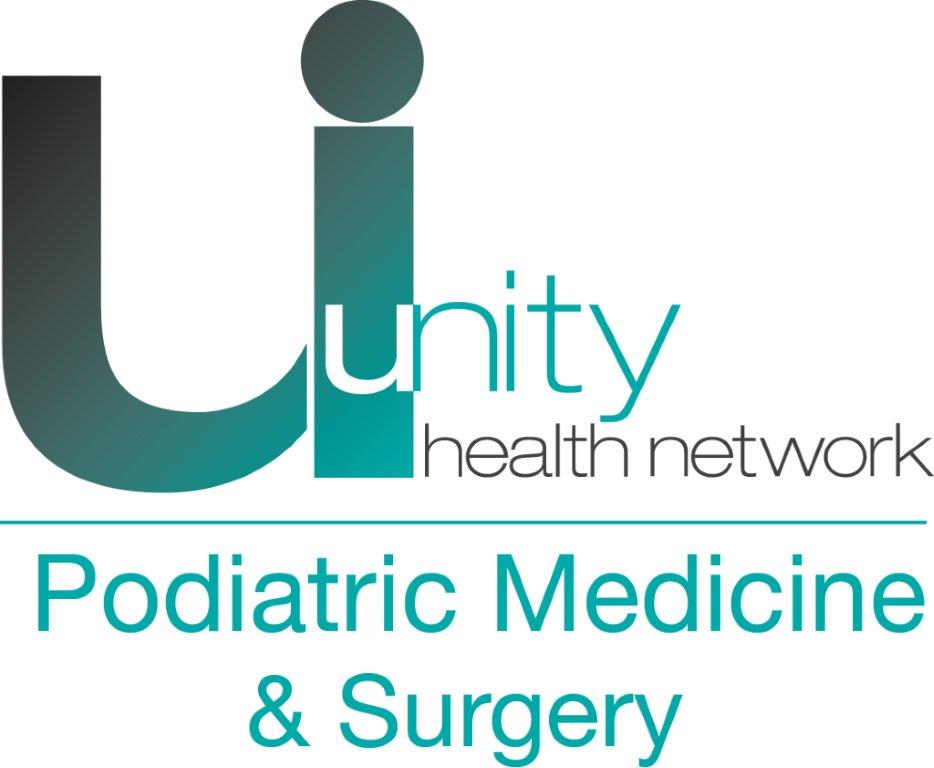Neonatal Foreskin Skin Grafts for Foot and Leg Ulcerations

Foot wounds and ulcerations are extremely common amongst diabetic patients due to their loss of sensation, decreased blood flow and compromised immune system. These wounds can sometimes take many months to heal and require weekly visits to debride or “clean out” the wounds. When a healthy wound bed is reached we have options of applying bioengineered tissues substitutes that are derived from human tissue. This avoids harvesting a graft from a patients thigh (which creates another wound), and can speed up the healing process considerably.
Here is an example of a product called Apligraf which is derived from neonatal foreskin. It contains living cells, proteins produced by the cells, and collagen, which are important for healing. The graft is applied in the wound center without the need to take the patient to the operating room and anesthesia is not necessary. It is left intact on the wound for one week and no bandage changes are needed. Most wounds require more than one application and more severe ulcerations can require up to five applications.

This application is being performed over an ankle wound from a bone inflection after being impelled with a nail. (Performed at UH Portage Wound Center)
Dr. Campitelli treats lower extremity wounds at the Univesity Hospital Portage Wound Center in Streetsboro, Ohio as well as the St Thomas Wound Center in Akron, OH.





